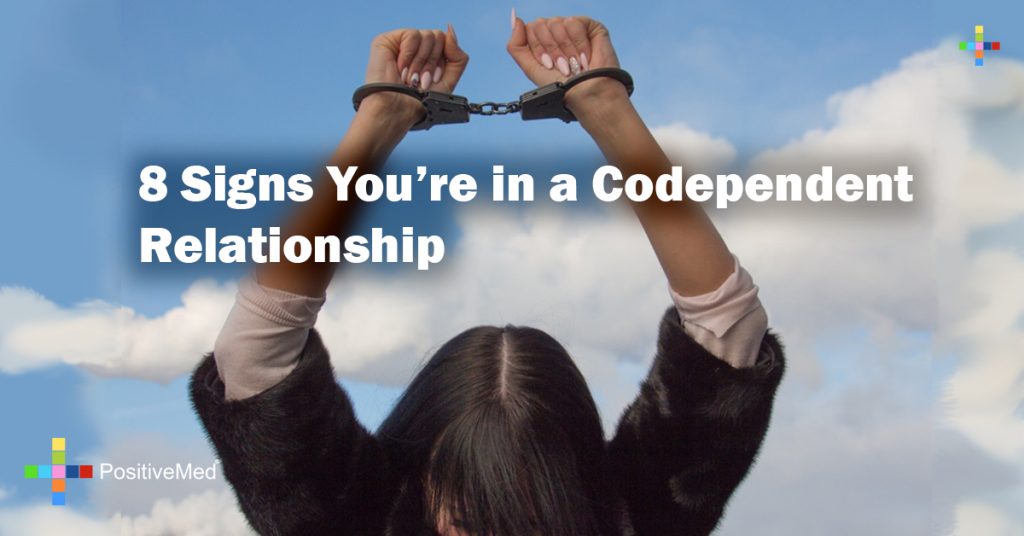
8 Signs You’re in a Codependent Relationship
Codependency is an emotional and behavioral condition that affects a person’s ability to build and maintain normal relationships in their life. Codependency is a learned behavior and is often passed down by a parental figure or family member.
There are signs you can look for if you think you might be in a codependent relationship. Below are 8 signs that you may be in a codependent relationship.

1.Poor Boundaries
Saying no is hard for most people. Codependent people are “Givers” so they like to give and might feel like they are no longer needed if they say no.
2.Sacrifice
A codependent person will put everyone else’s needs above their own. They will sacrifice things that they really enjoy to do something they do not enjoy for someone else.
3.Self Worth Defined By Others
Belief that one’s self worth is determined by another. “I am only as good as ‘they’ think I am.”
4.Control Freak
Codependents allow others to validate their entire existence, which can be an emotional roller coaster, so it’s understandable that they want to control what little they can.
5.Taking Credit for Others Emotions
Because codependents take credit for others happiness, they also take credit for people’s negative emotions such as anger or grief. “I must have done or not done something to make them feel this way.”
6.Lack of Communication Skills
A person who struggles with codependency will battle between talking about how they feel, and the possibility of conflict, and keeping it all inside to avoid upsetting the other party.
7.Fear of Rejection
No one likes to be rejected, but it’s a fact of life. Codependents will avoid it at ALL costs, even if it means not trying something to avoid failure.
8.You Don’t Grow Together
You deteriorate together.
A recent study by Bonnie K. Lee states, “Ending the problem through terminating the relationship is only a partial solution. Couple’s therapy offers the possibility of stopping the problem but keeping the couple relationship in a more supportive dynamic. Couple work puts both partners’ recoveries in synchrony.”







